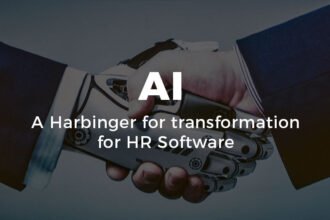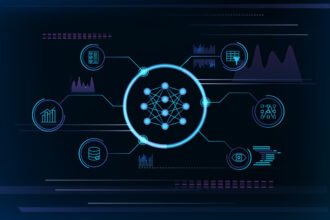Human-operated ransomware attacks have threat actors using certain methods to get into your devices. They depend on hands-on-keyboard activities to get into your network.
AI can protect you in the event of these and other attacks. Since the decisions are data-driven, you have a lower likelihood of falling victim to attacks. The decisions are based on extensive experimentation and research to improve effectiveness without altering customer experience.
With AI, the risk score for a device doesn’t depend on individual indicators. Instead, it is influenced by a variety of features and patterns. They alert you when there is an imminent attack.
Even if attackers use an unknown or benign file, the AI system will ensure that the process or file isn’t launched. Here are a few ways that AI will supercharge your ransomware defense in 2021.
1. Predicting If a Device Is at Risk
Ransomware removal is great but preventing attacks is even better. If your device comes under attack, there are a few indicators to look out for. While they wouldn’t mean much in isolation, they are very meaningful when put together over time.
AI-driven protection assesses your device when a new signal is detected. Therefore, the risk score is always being adjusted accordingly. Signals to look out for include malware encounters, behavior vents, and threats.
If a device has wrongly been scored as ‘not at risk’ when it is really at risk, attackers could conduct activities that detection technologies will have a hard time catching. On the other hand, if a device is determined to be at risk when it really isn’t, customer experience will suffer.
AI technology finds the perfect balance. You get to find out if a device is at-risk without compromising on customer experience.
2. Identifying and Blocking Out the Abuse of Legitimate Files and Processes
Human-operated ransomware attacks have a hands-on-keyboard phase. During this phase, attackers take advantage of legitimate files and processes.
Network enumeration, for example, is naturally a benign behavior. However, observing it on a compromised device could prove that attackers have been performing reconnaissance activities.
Adaptive protection is designed to block network enumeration behavior. It cuts off the chain of attack, preventing more attacks.
3. Personalized and Contextual Protection
The blocking mechanism on the cloud is very responsive to real-time risk score computation. This means that the system can make informed decisions. They result in stateful or contextual blocking in your device.
The protection customization that comes with AI ensures that every device has a unique protection level. For example, process A may be permitted on one device and blocked on another. It all depends on the risk score.
The personalization feature is especially helpful for customers. They are unlikely to get false negatives or positives. Unlike ML models trained on datasets, every device gets the level of protection it needs.
4. Stopping Ransomware Payloads
Some attacks aren’t detected or blocked until they get past the mid-stages. With AI-driven adaptive protection, you can still get a lot of value on the final ransomware payload.
If your device has already been compromised, AI-driven protection systems will automatically use aggressive modes to block out ransomware payloads. They will prevent the encryption of essential data and files. It would be impossible for attackers to demand ransom.
Are you trying to improve your ransomware defense in 2022? Consider using AI to supercharge your efforts. It works by predicting if your device is at risk, stopping ransomware payloads, and offering personalized protection. Preventing these attacks is a lot easier on your business than dealing with actual attacks. Successful ransomware attacks can cost you your time and data.
Conclusion:
Ransomware has become a very serious problem in recent years. The good news is that advances in artificial intelligence have helped companies protect themselves. You should not overlook the importance of using AI as a first line of defense.











